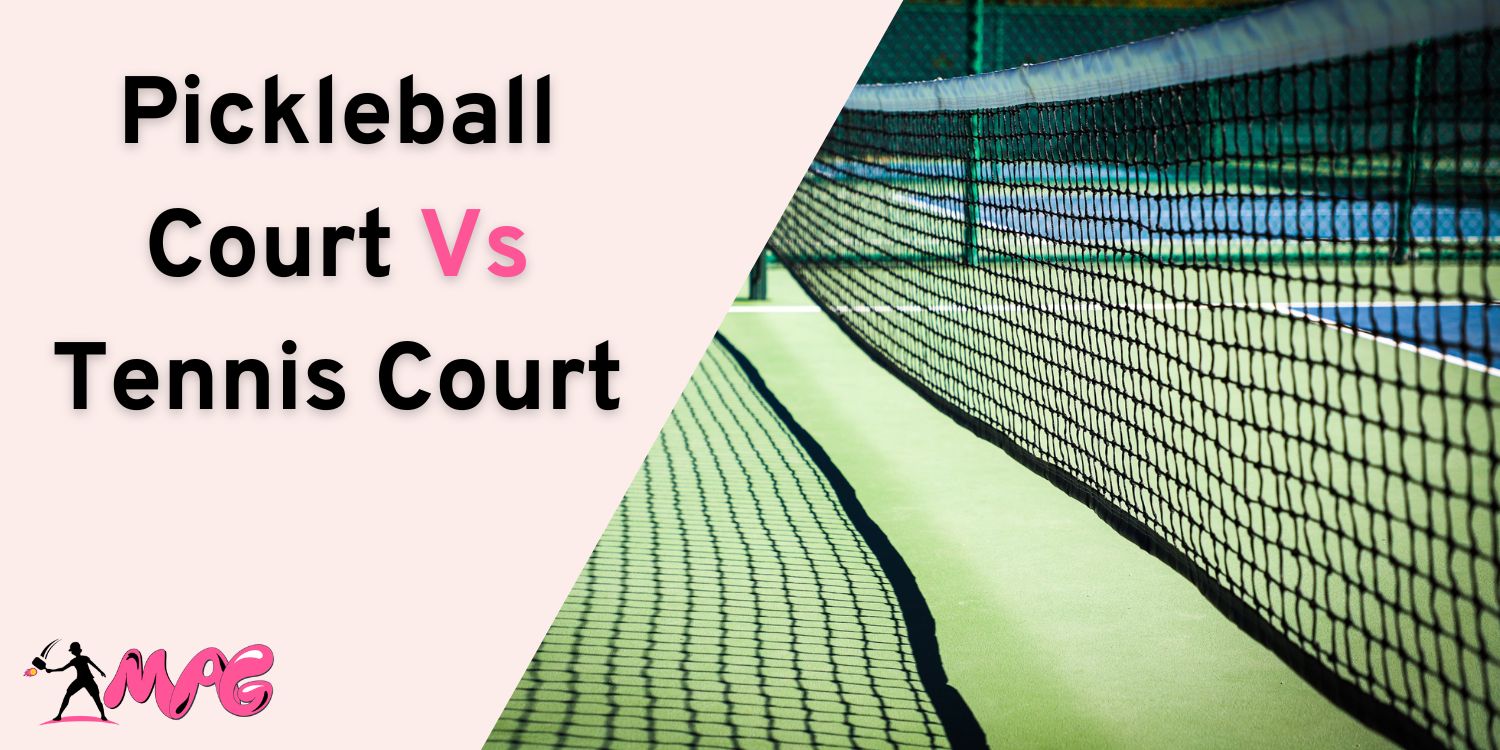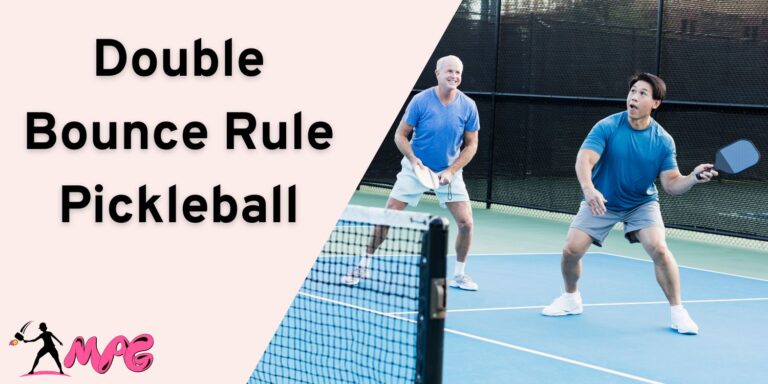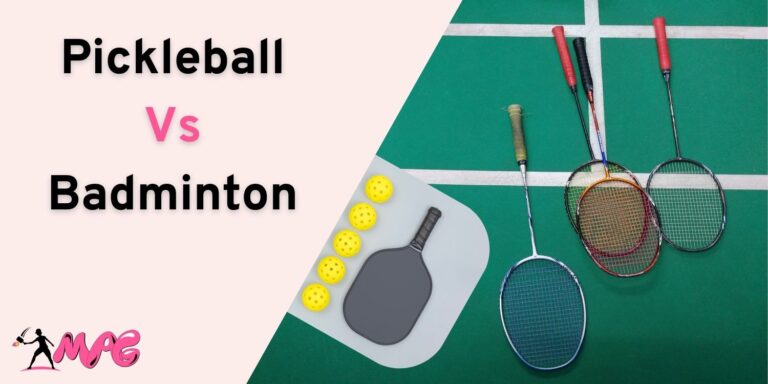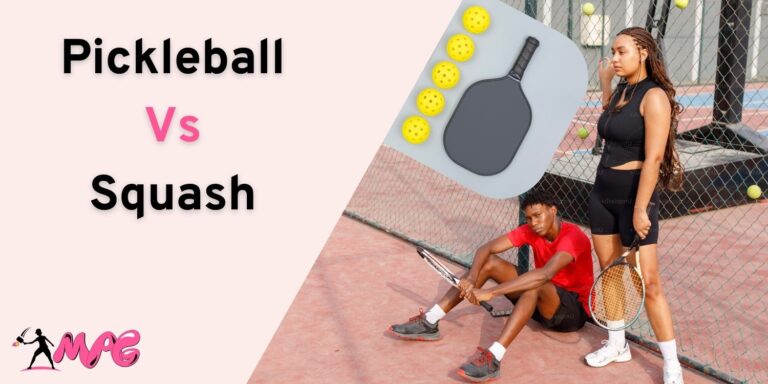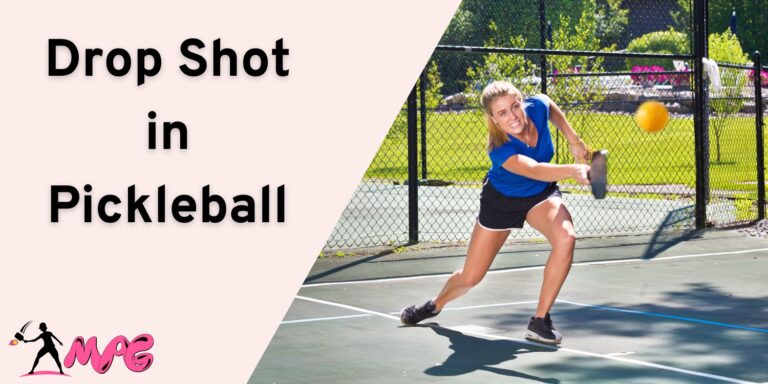Pickleball Court And Tennis Court
Regardless of the fact you want to have some fun with your buddies or simply want to get in shape by having a wholesome cardio routine, there are a number of sports you can embark on, however, most of these courts nowadays look similar, especially if you live in urban areas where there are scores of public and private parks with abundant courts.
But don’t let your outdoor physical extracurricular activity overwhelm you especially if you have such an avid professional like me by your side that has a curated article that helps you dive deeper into sports such as Pickleball or tennis corresponding to their court specification in particular.
Speaking of which, here are some key differences and similarities you clearly don’t want to miss out on,
Pickleball Court Vs Tennis Court – Game Set Match
Let’s start with the basics, shall we?
The Overall Dimensions
At first glance, Both of these courts might seem a tad bit similar but if you grab a measuring tape, you would be surprised that pickleball falls short by a huge margin, in fact, you can easily consider its court a quarter size of a Tennis court, since the overall dimensions of Pickleball court are 20 feet by 44 feet, regardless of the settings it is played in, i.e. Singles or Doubles Format.
A tennis court is evidently way bigger considering the fact that the official dimensions specifications are 27 feet by 78 feet only for singles format. As you can see, “Singles format” is the punchline here because when it comes to doubles format, expect the size dimensions to increase at about 36 feet by 78 feet which in fact, is seemingly way bigger than a pickleball court.
Court Scoring Rules
As far as scoring rules are concerned, Tennis also tends to have a complex policy since each session is played into three segments or rounds consisting of 4 points maximum.
Pickleball, in contrast, has a much fairer scoring system as you only have to reach 11 points, unless and until you have customized the rules.
However, the key similarities lie in the conclusion rule of the session, since both games are concluded once a player reaches the maximum required point with a 2-point lead.
Kitchen Zone in The Court
Pickleball in this field might take the lead when it comes to various zones on the court as it even comprises a special kitchen zone that ranges up to a whopping 7 feet.
Seasoned tennis players, however, might be missing out on all the fun the “Non-volley zone” holds in its 7-foot belly since the Tennis court lacks a specialized Kitchen zone, which means players can volley from pretty much anywhere without any restriction.
Net Placement
Considering the lenient and causal nature of Pickleball, the net placement is also pretty shallow as the official height dimensions are 34 inches at the middle region and 36 inches at the post.
On the flip side, tennis courts rock a whooping 42-inch net placement at the mid-region while being 36 inches at the sides if you are playing singles format.
Does Pickleball Damage Tennis Courts?
Yes, in fact, the answer to this question is pretty comical considering the fact tennis is played in a much more aggressive fashion in contrast to Pickleball, nevertheless, the surface its court is usually built on is made from clay or artificial grass as compared to pickleball courts which tend to be built on asphalt or tough concrete.
So it’s pretty evident that sooner or later, it’s going to suffer from general damage from a stiff plastic ball hitting the surface with force.
Bottom Line
As the saying goes “An apple doesn’t fall far from the tree” Since pickleball has inherited plenty of attributes from Tennis and badminton when compared with each other, they look fairly similar and barely hold any key differences, however, if you do pay attention to the court dimensions, its safe to conclude that Tennis courts are considerably bigger and even has a higher net placement due to the fast-paced playstyle of the game.
On the flip side, to balance both sides and make the game less aggressive, especially on the serve side, Pickleball enforces a unique Kitchen zone which prevents a positional advantage over the receiver when the session initiates.

